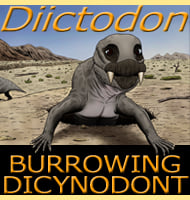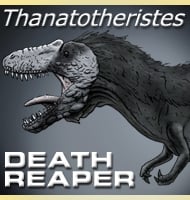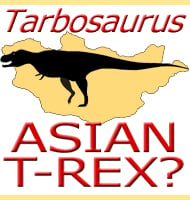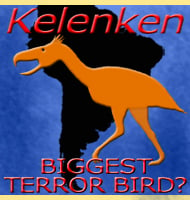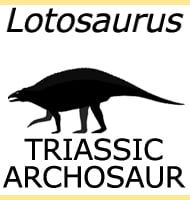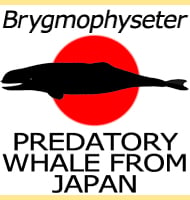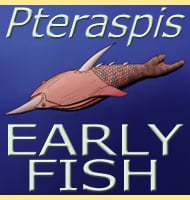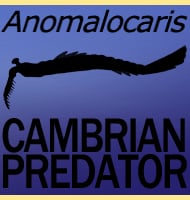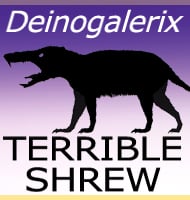In Depth
Before the description of Teinolophos in 1999, Steropodon was considered to be the earliest ancestor of the platypus. Comparison to mammals like the platypus has yielded body estimates of around forty to fifty centimetres long, something that would make Steropodon one of the larger known mammals of the early Cretaceous period. If Steropodon lived like a modern day platypus then it likely hunted in water like them too. Also by staying close to water, Steropodon may have been able to avoid the large theropod dinosaurs like Australovenator that were in Australia at this time. The bad news however is that by living in around water it may have come into contact with Cretaceous era crocodiles like Isisfordia.
As often happens with Australian fossils, the jaw bone of Steropodon has been turned to opal. Another monotreme mammal that is also named from the same location and from only an opalised jaw is Kollikodon. This process of opalisation has also happened to fossils of the dinosaurs Kakuru, Rapator and Walgettosuchus.
Further Reading
– First Mesozoic mammal from Australia – an early Cretaceous monotreme. – Nature 318:363-366. – M. Archer, T. F. Flannery, A. Ritchie & R. E. Molnar – 1985.

